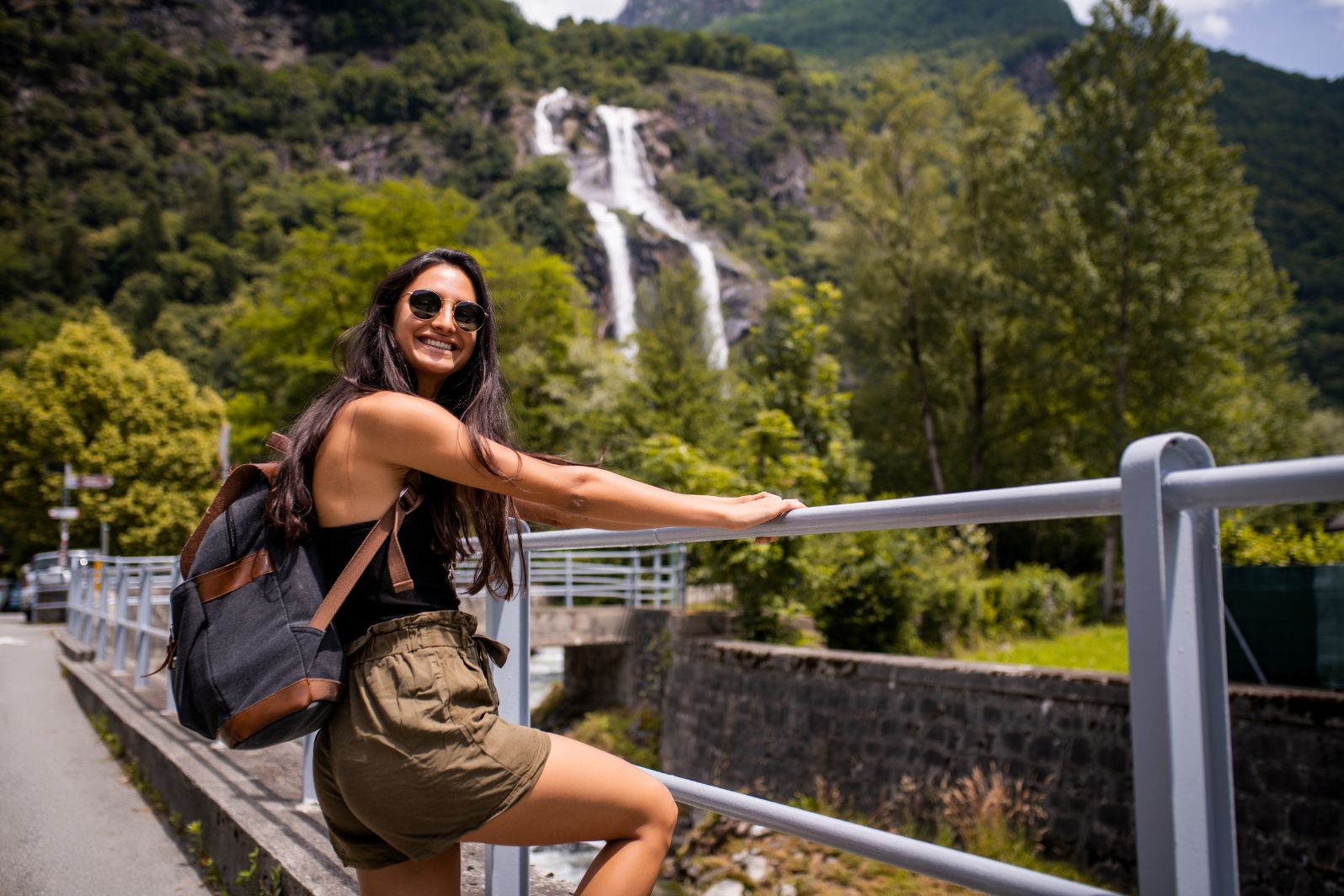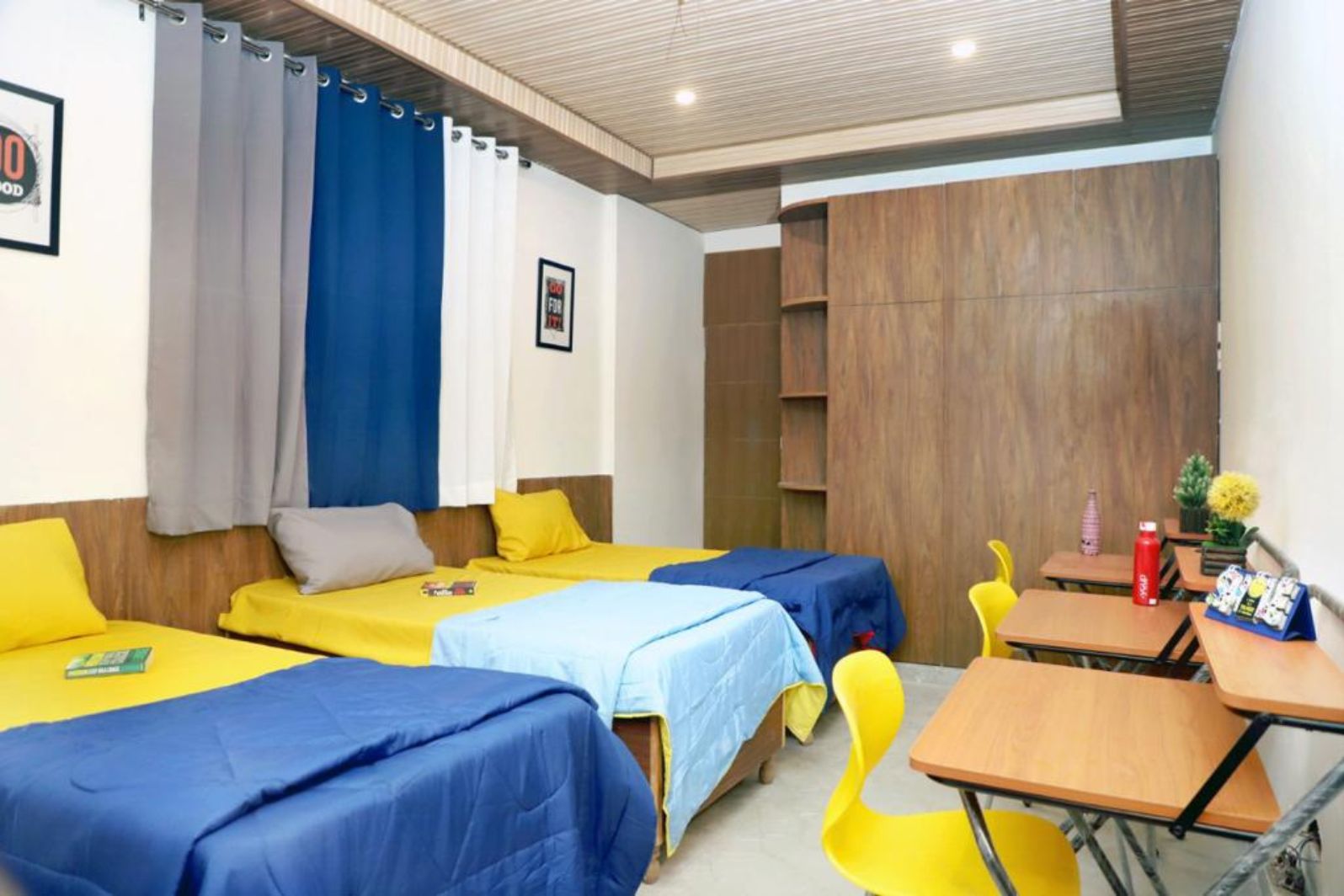In the age of speed, where fast planes, instant bookings, and 24-hour itineraries dominate the travel scene, a quiet rebellion is growing—slow travel. It’s not just a new travel trend, but a lifestyle shift that encourages people to travel with intention, presence, and purpose. Rather than racing through destinations to tick off landmarks, slow travelers seek to absorb the essence of a place: its rhythms, its people, and its soul.
Slow travel is a philosophy that values depth over distance, experiences over checklists, and connection over consumption. In this article, we’ll explore what slow travel really means, why it matters more than ever, how to embrace it practically, and the best destinations around the world where you can slow down and savor life.
What is Slow Travel?
At its core, slow travel is about immersive, meaningful, and conscious travel. It’s not about how many countries you visit or how many selfies you collect—it’s about how present and involved you are in each destination.
The idea is rooted in the broader slow movement, which began in the 1980s in response to the fast-food culture. Just like slow food emphasizes local ingredients and traditional cooking, slow travel emphasizes local culture, people, and experiences over tourist traps and convenience.
Instead of visiting 10 cities in 10 days, a slow traveler might choose to spend 10 days in a single village—learning its customs, enjoying home-cooked meals, and walking the same streets as the locals.
Why Slow Travel Matters Today
1. Combats Travel Burnout
Many travelers return home feeling more exhausted than when they left. Back-to-back flights, tight schedules, and the pressure to “see everything” often lead to burnout. Slow travel offers a more relaxed, restorative alternative.
2. Encourages Sustainability
Frequent flights, fast fashion, and packaged tours take a toll on the environment. Slow travel promotes eco-friendly practices, such as taking trains, eating local produce, and staying longer in fewer places—thus reducing your carbon footprint.
3. Supports Local Communities
When you choose family-run homestays, local guides, and community restaurants, you directly contribute to the local economy. This helps preserve culture and keeps tourism authentic and inclusive.
4. Deepens Cultural Understanding
By spending more time in one place, you go beyond surface-level interactions. You learn basic local phrases, understand customs, and witness daily life unfold—like watching the morning market open or joining in a village festival.
5. Promotes Mental Wellness
In our fast-paced world, slow travel brings a rare opportunity to unplug and reconnect—with nature, with people, and with yourself. It’s a form of mindfulness in motion.
How to Embrace Slow Travel
Slow travel isn’t about the location—it’s about your mindset. Here’s how you can adopt it:
1. Choose Fewer Destinations
Instead of hopping between cities, spend more time in fewer places. This reduces transit time and allows for deeper engagement.
2. Stay Local
Opt for homestays, guesthouses, or Airbnb rentals in residential neighborhoods rather than tourist hotels. You’ll get a better feel for local life.
3. Travel Overland
Trains, buses, or even bicycles allow you to see the transition of landscapes and interact with fellow travelers and locals.
4. Eat Where Locals Eat
Skip the global chains. Discover hole-in-the-wall eateries, street food stalls, and family-run kitchens where recipes are passed down generations.
5. Participate in Local Life
Take a cooking class, attend a local festival, volunteer with an NGO, or simply chat with the shopkeeper. These small interactions lead to the most memorable experiences.
6. Keep a Travel Journal
Record not just what you see, but how you feel. Reflect on your journey, the people you meet, and the lessons you learn.
Best Destinations for Slow Travel
While slow travel can be practiced anywhere, some destinations naturally lend themselves to this style:
Spiti Valley, India
Remote and rugged, Spiti is the ideal place to disconnect. With no phone signal in many areas, you’re invited to experience ancient monasteries, high-altitude villages, and the peaceful rhythm of mountain life.
Luang Prabang, Laos
A UNESCO World Heritage city known for its Buddhist temples, colonial architecture, and quiet charm. Enjoy early morning alms ceremonies, riverboat rides, and slow walks through cobbled streets.
Tuscany, Italy
Rent a farmhouse, sip Chianti wine, and cycle between medieval towns. Tuscany offers the perfect backdrop for slow, sensorial living.
Bhutan
With its philosophy of Gross National Happiness, Bhutan encourages visitors to engage mindfully with nature and culture. Explore dzongs, trek in pristine valleys, and meditate in mountaintop monasteries.
Kerala’s Backwaters, India
A houseboat journey through Kerala’s canals is the definition of slow. Watch village life unfold on the banks, listen to birdsong, and let time melt away.
Tips for First-Time Slow Travelers
- Unplan some parts of your trip. Leave room for spontaneity.
- Avoid over-researching. Let discovery be part of the joy.
- Pack light, travel slow, and observe more.
- Take rest days—not every day needs to be packed with activities.
- Travel during off-season to avoid crowds and enjoy better interactions.
Final Thoughts
Slow travel isn’t just a way to see the world—it’s a way to experience life more fully. It allows us to form genuine connections, respect the planet, and return from our journeys not just with souvenirs, but with stories, insights, and a renewed appreciation for the little things.
So next time you plan a trip, don’t ask: “How many places can I visit?”
Ask instead: “How deeply can I experience this one place?”
Because the best journeys aren’t about how far you go—but how deeply you feel.




